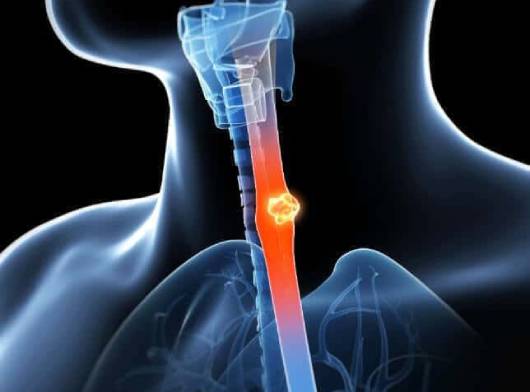- Surgery
- Radiation Therapy
- Medical Management
- Esophagectomy is a surgical procedure to remove some or all of the esophagus and then reconstruct it using part of another organ, usually the stomach. The types of esophagectomy are:
- Trans-thoracic Esophagectomy where esophagus and part of stomach is removed by standard surgical approach (laparotomy, thoracotomy and neck incision)
- Video-assisted Thoracoscopic Surgery (VATS) and Robotic-assisted Thoracoscopic Surgery (RATS) – These are minimally invasive surgical approach to perform esophagectomy. The post-operative recovery is much faster in these procedures.
- No tube no fasting esophagectomy is performed under special circumstances, where the patient is allowed to consume food the next day after surgery
-
Advantages of VATS and RATS :
- Less pain
- Early recovery
- Early resumption of routine activity
- Less number of hospitals stay
- Less analgesic requirement
- Less morbidity
- Minimal trauma
- Lesser tissue handling
- More precise and cutting-edge technology
-
Esophageal Stenting:
In this procedure, a tube is placed in the esophagus (throat). This helps to open the blocked esophagus and to relieve dysphagia and the tube helps to swallow solids and liquids.


